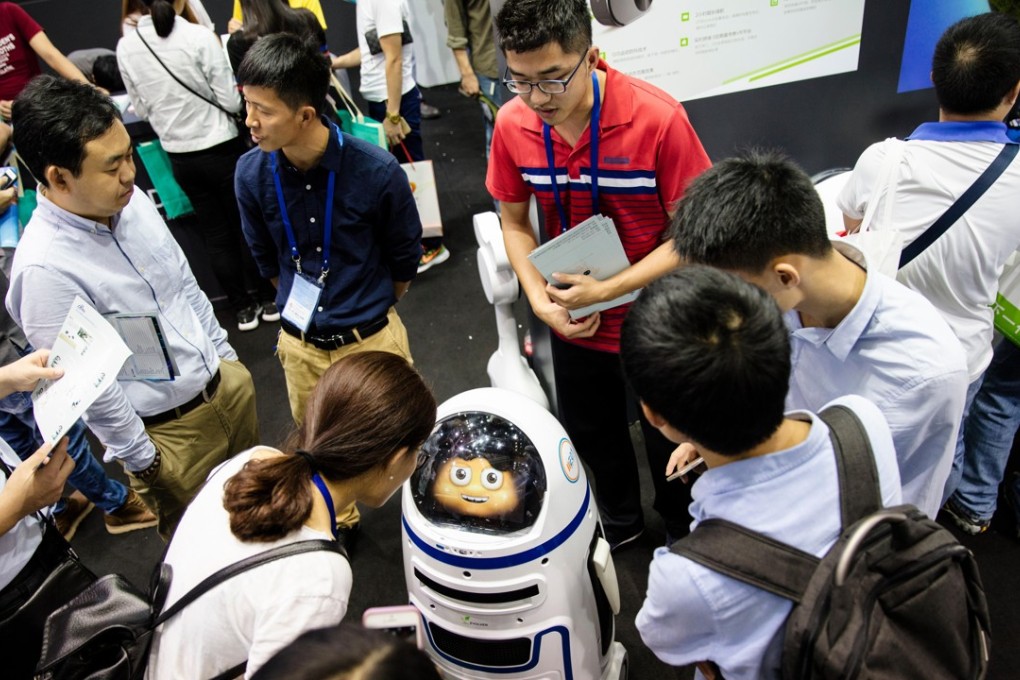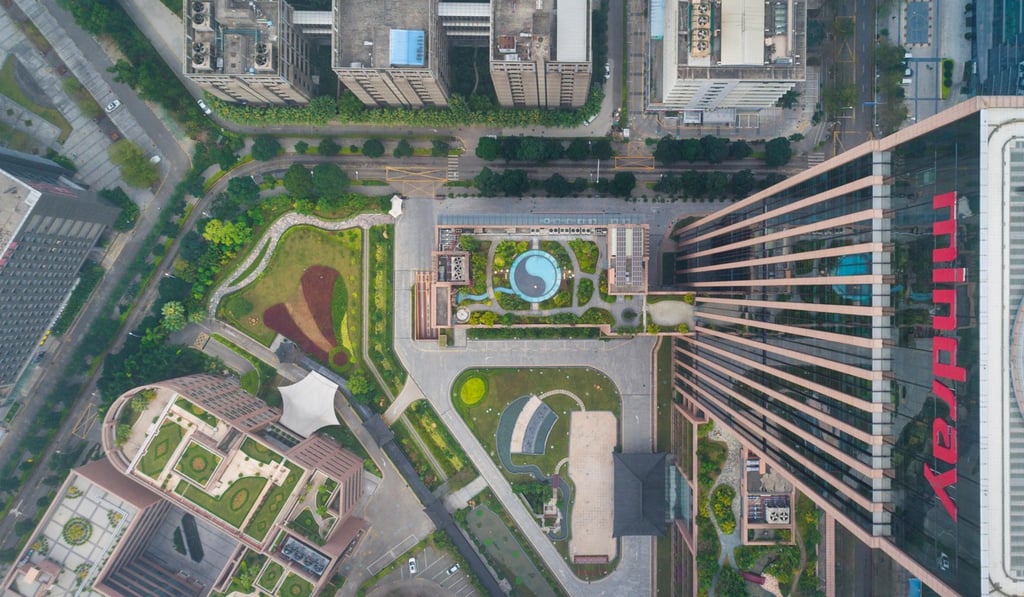Can China’s Greater Bay Area initiative really work?
Initiative’s megacity concept requires Hong Kong, Macau and Guangdong administrations to merge their economies, cultures, politics and legal systems

The Greater Bay Area (GBA) has become a buzzword for governments and corporations, but there remains doubt about how it will materialise.
King & Wood Mallesons says the area’s GDP will exceed US$4.6 trillion by 2030. In the works is the development of a new “Silicon Valley”, combined with the growth of sports, cultural and convention centres meeting increasing mainland Chinese tourism figures and population demand.
Some practical difficulties arise in the new GBA, however. At its heart stands a “one country, three systems” dilemma of merging the three jurisdictions of Hong Kong, Macau and Guangdong, not just economically, but from a cultural, political and legal point of view.

A 2017 PwC report, New Opportunities for the Guangdong-Hong Kong-Macau Greater Bay Area, points this out by quoting scholar Zheng Yongnian.
“The failure to achieve smooth connection in the areas of education, medical care, finance, and security hindered [sic] the rational allocation of resources within the Great Bay Area”, it said, adding that the initiative “is not a patch on the EU in terms of integration, such as labour market, staff mobility, customs pass management, and scientific research cooperation”.
